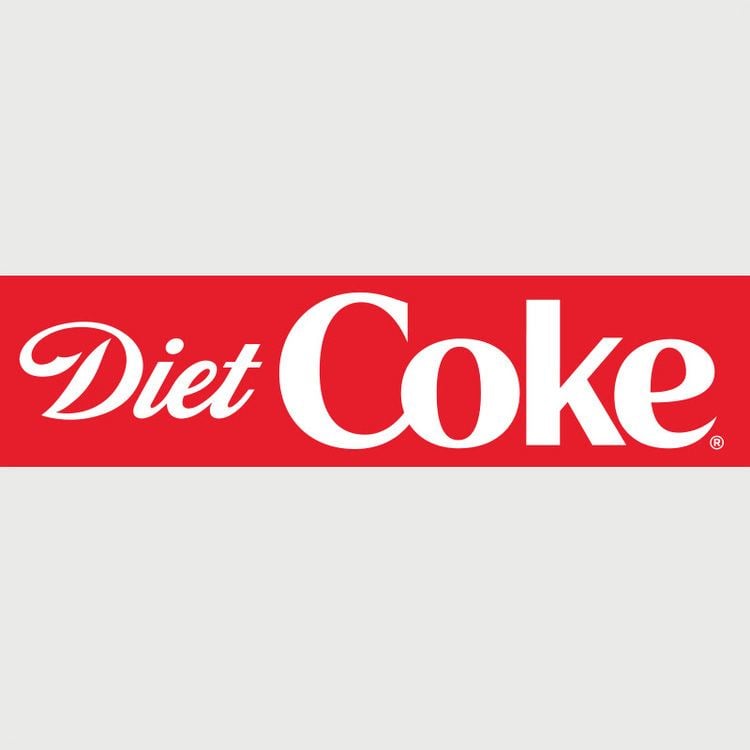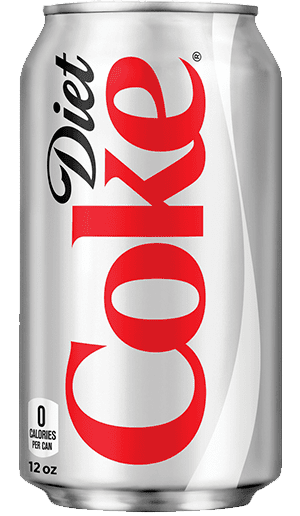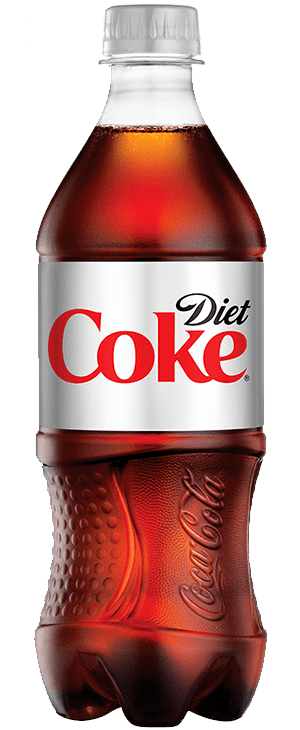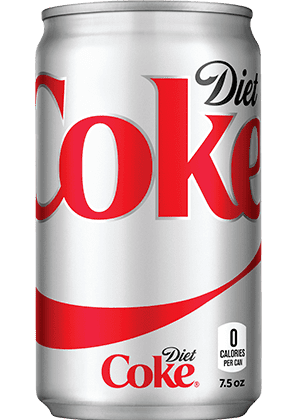Type Diet Cola Color Caramel | Country of origin United States Introduced 1982 | |
 | ||
Variants Diet Coke Caffeine-FreeDiet Coke CherryDiet Coke with LimeDiet Coke Sweetened with SplendaCoca-Cola Light SangoDiet Coke with Citrus Zest Similar Diet drink, Cola, Mentos, Iced tea, Lemonade | ||
2l diet coke challenge no burp
Diet Coke (called Coca-Cola Light in some countries) is a sugar-free soft drink produced and distributed by The Coca-Cola Company. Unveiled on July 8, 1982 and introduced in the United States on August 9, it was the first new brand since 1886 to use the Coca-Cola trademark. The product quickly overtook the company's existing diet cola, Tab, in sales.
Contents
- 2l diet coke challenge no burp
- History
- Sales
- Product timeline
- Debate over health issues
- Coca Cola Light
- References

History

When Tab was released in 1963, the Coca-Cola Company refused to release a diet soda with the Coca-Cola name, fearing that its flagship brand might suffer. Its rival Pepsi had no such qualms, and after the long-term success of its sugar-free Diet Pepsi (launched in 1964) became clear, Coca-Cola decided to launch a competing sugar-free brand under the Coca-Cola name, which could be marketed more easily than Tab.

Diet Coke does not use a modified form of the Coca-Cola recipe, but instead an entirely different formula. The controversial New Coke, introduced in 1985, used a version of the Diet Coke recipe that contained high fructose corn syrup and had a slightly different balance of ingredients. In 2004, Coca-Cola introduced Coca-Cola C2, which it claims tastes much closer to Coca-Cola but contains half the carbohydrates. In 2005, the company introduced Coca-Cola Zero, a sugar-free variation of regular Coca-Cola.

Diet Coke was sweetened with aspartame, an artificial sweetener, after the sweetener became available in the United States in 1983; to save money, this was originally in a blend with saccharin. After Diet Rite cola advertised its 100 percent use of aspartame, and the manufacturer of NutraSweet (then G. D. Searle & Company) warned that the NutraSweet trademark would not be made available to a blend of sweeteners, Coca-Cola switched the formula to 100 percent NutraSweet. Diet Coke from fountain dispensers still contains some saccharin to extend shelf life.

In 2005, under pressure from retailer Walmart (which was impressed with the popularity of Splenda sweetener), the company released a new formulation called "Diet Coke sweetened with Splenda". Sucralose and acesulfame potassium replace aspartame in this version. Early sales were weaker than anticipated; however, Coca-Cola did little advertising for the brand, investing money and advertising in Coca-Cola Zero instead. By late 2009, some distributors had stopped supplying Diet Coke sweetened with Splenda.
Sales

Diet Coke and Diet Pepsi have capitalized on the markets of people who require low sugar regimens, such as diabetics and people concerned with calorie intake. In the UK, a 330 ml can of Diet Coke contains around 1.3 kilocalories (5 kilojoules) compared to 142 kilocalories (595 kJ) for a regular can of Coca-Cola.
In other countries in which cyclamates are not banned (as they were in the US in 1970), Diet Coke or Coca-Cola light may be sweetened with a blend containing cyclamates, aspartame, and acesulfame potassium.
Product timeline
Debate over health issues
The most commonly distributed version of Diet Coke (and the majority of beverages that contain artificial sweeteners) relies on aspartame, which has been suggested to pose health concerns. Aspartame is one of the most intensively scrutinized food additives.
Coca-Cola has now released Diet Coke sweetened with sucralose (also known as Splenda), although it is not as common.
The sodium benzoate was found to break down mitochondrial DNA in living yeast cells. Research published in 2007 for the British government's Food Standards Agency suggests that sodium benzoate (E211) is linked to hyperactive behavior and decreased intelligence in children. In January 2008 sodium benzoate was removed from production lines for Diet Coke sold in the UK, however it remains in other Coke products and other production locations.
Coca-Cola Light
According to the Coca-Cola Company, "[t]he sweetener blend used for Diet Coke/Coca-Cola Light is formulated for each country based on consumer preference." Some countries began using the term "Coca-Cola Light" as early as the 1990s, with others adopting the name later on, while others continue the use of "Diet Coke".
